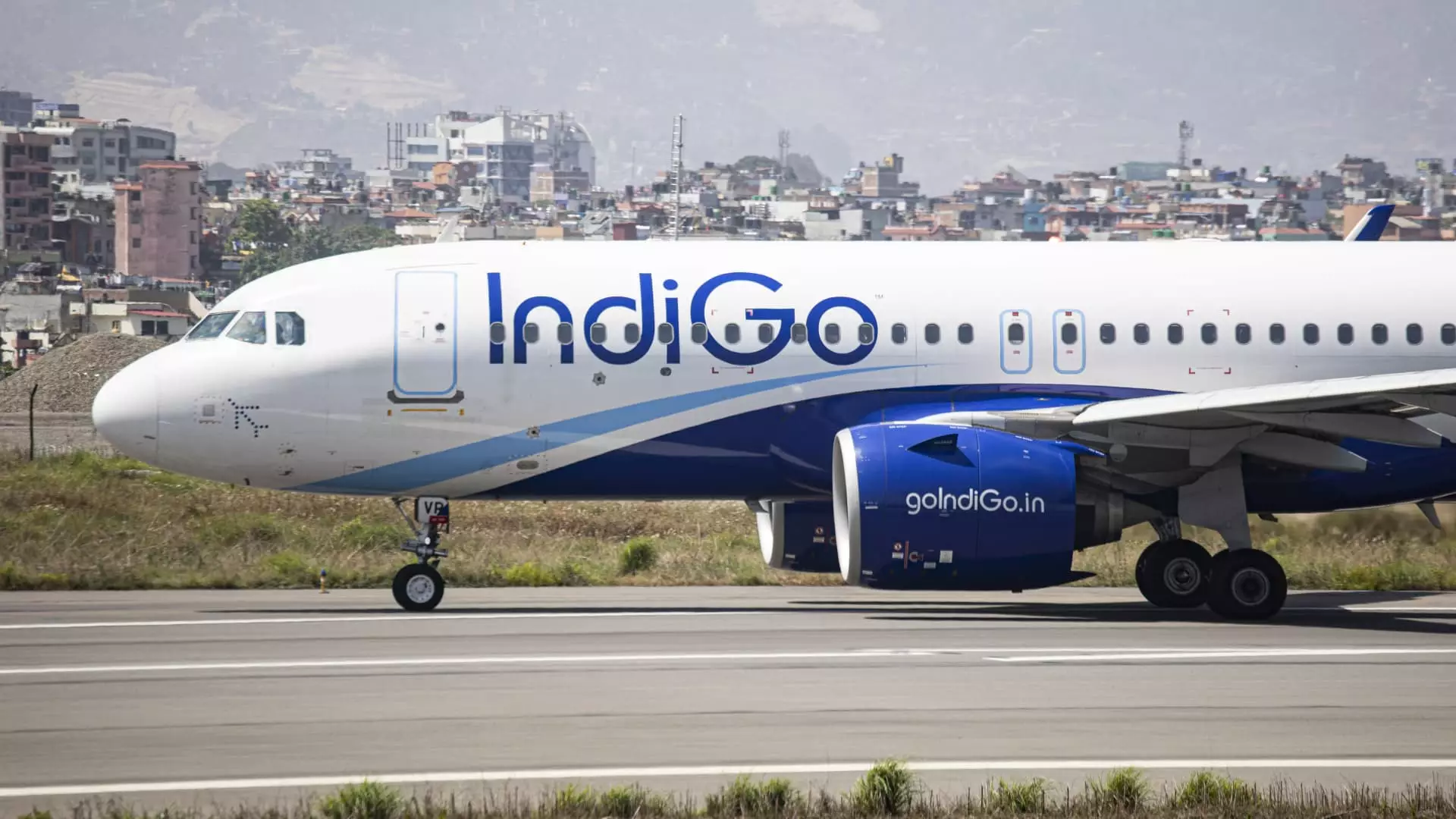The recent decision by Pakistan to close its airspace to Indian airlines signifies a pivotal moment in the already fraught relationship between the two nations. This closure is not merely a bureaucratic maneuver; it reflects deeper geopolitical tensions exacerbated by recent violent incidents, notably the tragic killing of 26 tourists in Pahalgam, Jammu and Kashmir. Pakistan has vehemently denied any involvement and has called for an independent investigation, but the overarching sentiment is one of hostility that continues to mar both countries’ air travel prospects. As flights connecting India to vital global regions like Europe, North America, Central Asia, and the Middle East are forced into longer, costlier detours, the ramifications are sure to ripple through the aviation industry.
Disruption for Major Airlines
Indian carriers, particularly industry giants like Air India, IndiGo, Akasa Air, and SpiceJet, are already feeling the impact of these restrictions. The renowned IndiGo, currently the largest airline in India, has warned of possible adjustments to approximately 50 international routes due to the airspace closure. These amendments can involve more than just longer flight times; they may necessitate extra refueling stops or could even lead to the cancellation of certain services altogether. It is a situation that’s somewhat reminiscent of the constraints placed on European airlines following Russia’s airspace closure during the ongoing geopolitical crisis. However, unlike the vast expanse of Russian territory, Pakistan’s airspace presents a more localized, yet equally significant, hurdle.
Unpacking the Cost Implications
One of the more immediate concerns linked to this airspace closure is its potential impact on operational costs for Indian airlines. As longer routes translate into increased fuel and operational expenses, one might expect that these additional costs would necessarily lead to higher ticket prices. Surprisingly, industry experts suggest that flights may not see a substantial uptick in fares due to this disruption. John Grant, chief analyst at OAG aviation intelligence, asserts that the symbolic nature of this closure is more of a minor nuisance than a significant threat to the pricing dynamics of Indian air carriers.
Despite this assertion, the scars of a similar situation in 2019 have left their mark. That year, a five-month closure of airspace by Pakistan resulted in significant financial burdens for Indian airlines, with estimated losses of about 7 billion Indian rupees ($82 million). The long-term implications of such patterns raise questions about the viability of continued operations in such a tense environment. At the very least, airlines must continue to adapt to an ever-changing landscape shaped by unpredictability.
Market Dynamics and International Routes
Analyzing the current landscape, it’s essential to note that Indian airlines play a crucial role in international aviation, with well over 9,000 departures scheduled for March 2023 alone. Air India’s operations encompass 519 flights to Europe and 309 to North America, indicating the breadth of its service offerings. The emerging difficulties in operating flights through Pakistan could hinder Indian airlines’ competitiveness against foreign competitors who are less affected by such restrictions. In contrast, other airlines that operate unencumbered may capture a more significant share of the market, particularly on routes that are now less accessible to Indian carriers.
In this competitive environment, the critical importance of regional networks cannot be understated. Due to the geographic proximity and cultural ties, much of India’s outbound travel—nearly 50%—is directed towards the Middle East. With millions of Indian expatriates and leisure travelers reliant on these routes, the stakes are high, and the current airspace closure only complicates these travel dynamics further.
Shifts in Travel Plans and Market Behavior
The airspace closure has also caused profound shifts in travelers’ immediate plans. As airlines scramble to adapt, many travelers face the dilemma of obtaining refunds or rebooking flights. Both Air India and IndiGo have announced measures to accommodate affected passengers, particularly those bound for Srinagar, Kashmir. With the region’s beauty drawing tourists from around the globe, the cessation of air travel could stifle the region’s tourism growth, a sector that has seen a resurgence in recent years.
While the closing of airspace creates immediate challenges, it also exposes the fragility of travel infrastructure in regions marked by political volatility. Journalists and local voices from the affected areas note a palpable atmosphere of anxiety, with tourism-dependent economies feeling the tremors of these geopolitical decisions.
This unfolding situation reveals not just the interconnectedness of global aviation but also the broader social and economic consequences triggered by disputes. It highlights how decisions made in the geopolitical sphere can profoundly impact daily lives, influencing everything from travel itineraries to local economies. As the situation continues to evolve, it becomes increasingly crucial for stakeholders to navigate this turbulent environment, balancing financial viability with social responsibility.


Leave a Reply